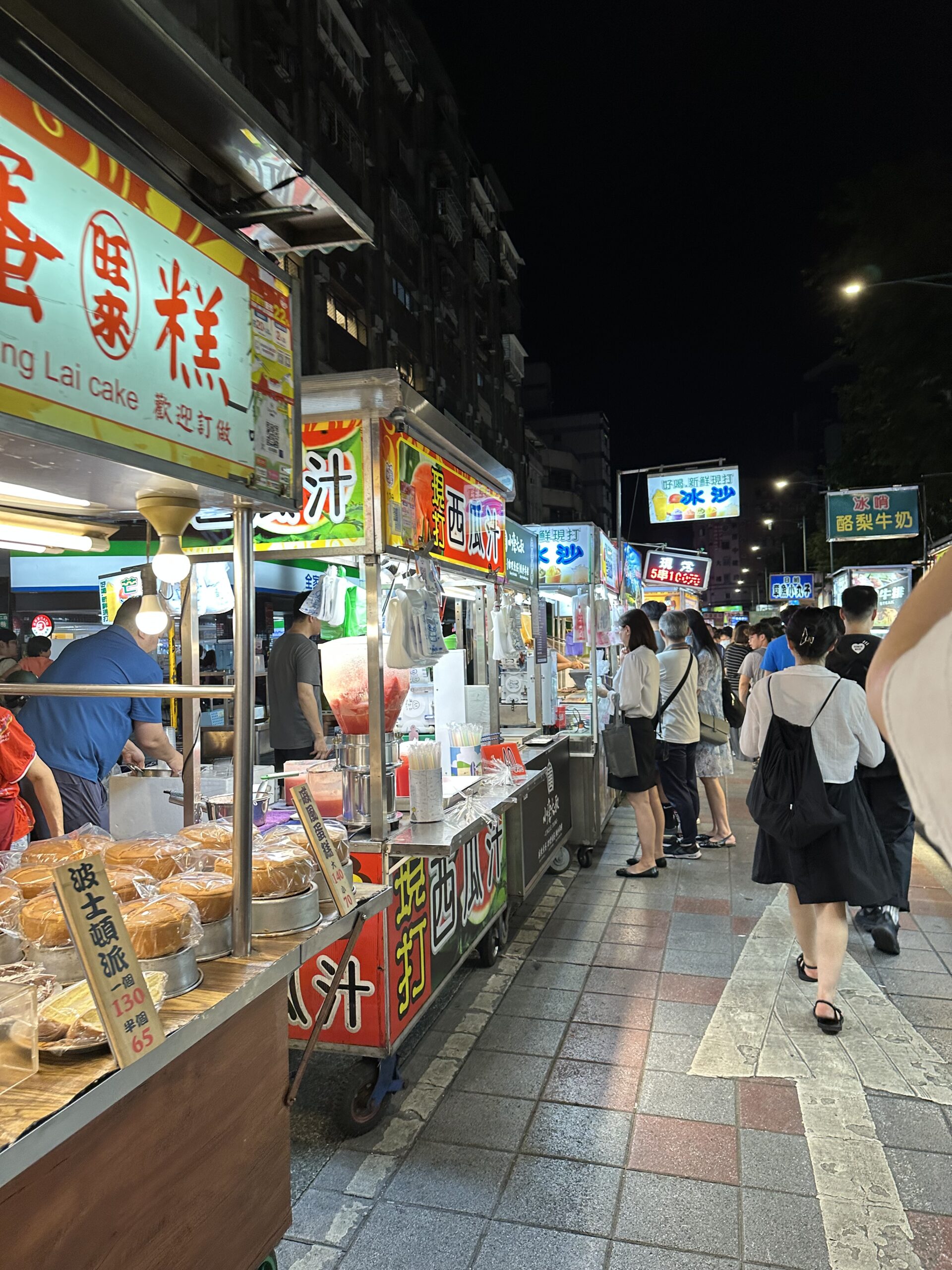
Switching from simplified to traditional characters: how reading menus increased my Mandarin proficiency
Three weeks ago, if you pointed to a street sign in Taiwan and asked me to translate it, I would be unable to do so. I could maybe sound out a few characters, but I would not know the translation. However, recently, this week, I’ve started to have a breakthrough in my Mandarin learning.
Immersed in Taiwan, I am constantly reading, hearing, and speaking Mandarin. However, my educational background taught me how to read and write simplified characters, not traditional characters. This may not sound like a big deal, but if you’re not familiar with traditional characters and read “一個大學” versus “一个大学” — these look like two different sentences, right? However, they’re the same words! I struggled a lot during my first two weeks trying to understand what characters I knew in traditional, but couldn’t read, or what words were new words to me.
In my first few weeks in my language intensive program with CET, many new vocabulary words have been centered around food. Specifically, we learned words like “炸雞” (fried chicken), “早餐店” (breakfast store), “�
燒” (braised in soy sauce), or “烤肉” (barbecue). Learning these characters in traditional writing helped me read street signs advertising breakfast stores, barbecue stalls, and restaurants– or identifying things on menus.
Going to restaurants, you will be handed a menu exclusively in Mandarin. Often, you are given a pen to tick off how many items you want off the menu, and you give it to the front of the house to place an order. Usually, I will take a picture and scan the menu in Google Translate, but this past week, I have tried to order exclusively from reading the menu. Granted, I can identify some characters like “面” (noodles), “飯” (rice), “肉” (meat) “辣” (spicy), and I kind of understand what I’m ordering 50% of the time. With my CET friends, we play a game of “What are we going to get?” when we place food orders (because we’re not entirely sure what we’re ordering).
After deciding what to order, you sometimes pay the restaurant before you eat, or after. I’ve gotten into the habit of bringing my money up to the counter and asking, “現在我付你錢嗎? (Do I pay you right now?) Usually, the staff will respond with “可以” (yes), and I pay. A week ago, I was scared to ask staff these basic questions (in fear that I wouldn’t know how to respond if they asked me a question I did not understand), but I have become more confident with every interaction.
Riding back home on the bus this week, I’ve noticed I can read signs in my neighborhood that previously didn’t make sense to me. I’ll pass by signs that say “—-早餐菜” (breakfast foods) or “炸雞店” (fried chicken store). Being able to understand these signs may seem mundane– but for me– I felt so proud of myself! I wonder what my next language breakthrough will be :)

